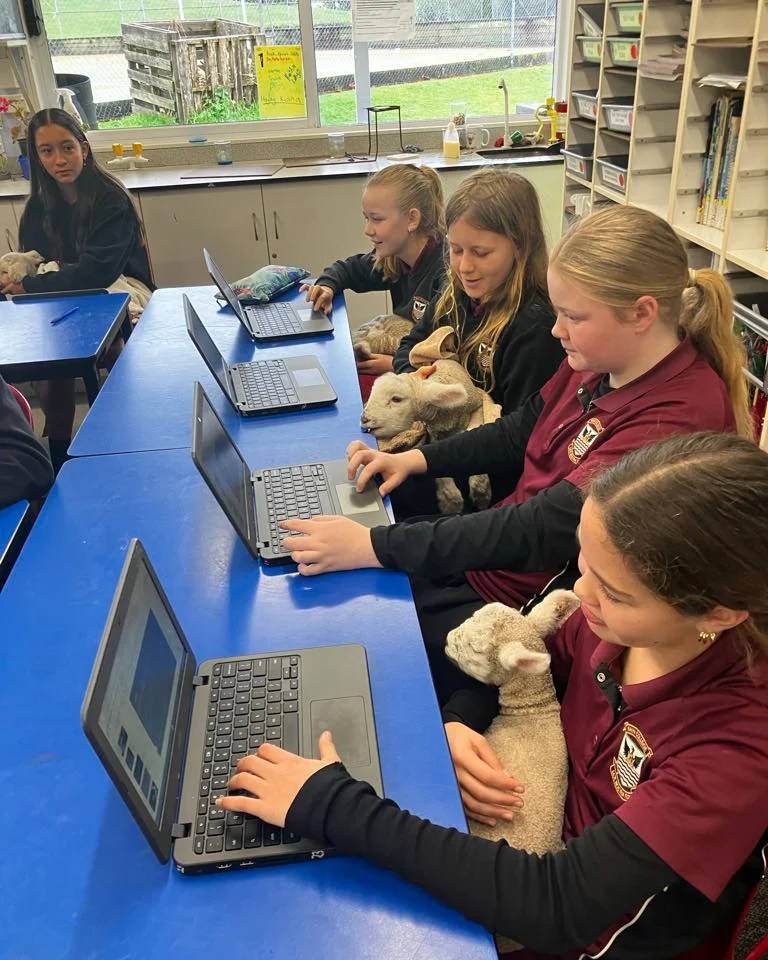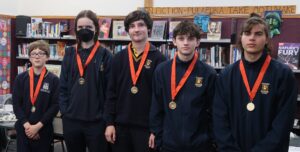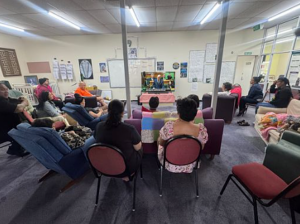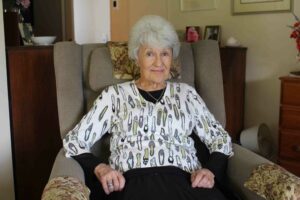A Waihī College science class has been embracing manaakitanga, hospitality and ‘shearing the workload’ in a very ewe-nique way.
Farmer and Waihī College co-leader of science Nicole Clare has been taking lambs from her farm to her classroom, where students have been holding, feeding and caring for them.
Miss Clare told The Profile teaching was all about connections.
“Baby animals are a fabulous way to build connections and often you might make a connection with a student just because of the animal,” she said.
The lambs she had taken into school were either orphaned or in need of some care, she said.
“One set of twins was from a ewe that had died and the others were all one of triplets who had gotten too cold and weak so needed nursing back to health.”
Another one was a newborn that had its ear eaten off by a stoat, so it needed to be taken into school for treatment, she said.
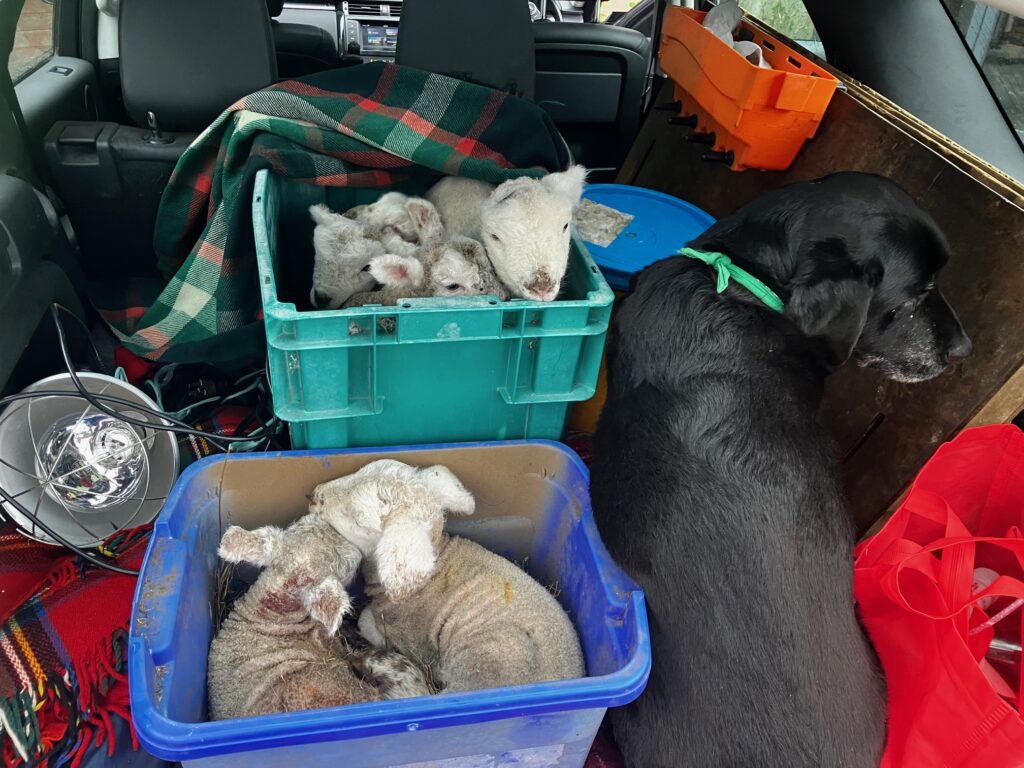
“The kids named him Vincent or Vinnie after Vincent Van Gogh.”
Having lambs in the classroom “definitely has a calming effect”, Miss Clare said.
And it was evident that they were always welcome by students who would ask Miss Clare “all the time” when the lambs would be coming to school.
A few students were also lined up to take some home to rear for calf club or to have as pets, Miss Clare said.
But carting animals to school was not a new thing for Miss Clare, whose vehicle was more than a ‘lamb-orghini’.
Goats, kittens and roosters have also been chauffeured to Miss Clare’s places of work across the years.
“I don’t bring kid goats in anymore… they want all the attention, they’re not the most calming and they call out all the time,” she said.
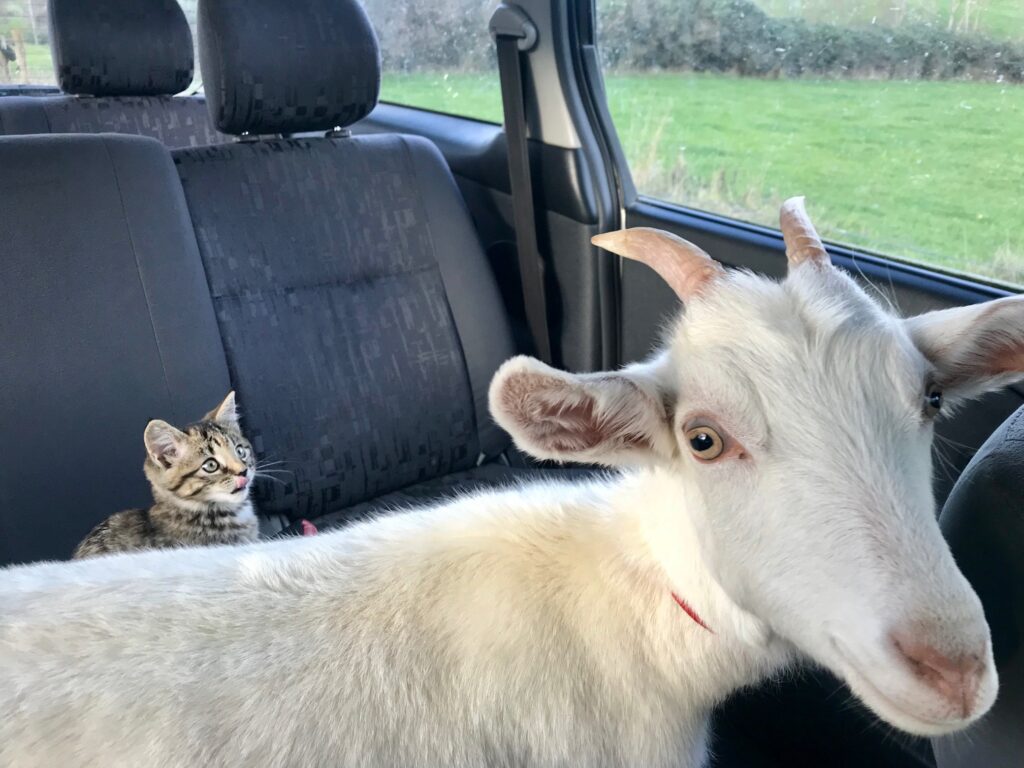
While the goats were very cute – Miss Clare said they made too much noise.
“The sheep are a lot more placid and more suitable to maintaining a good working classroom environment.
“Last year I had quadruplets that I reared and brought in,” she said.
However, the first animal Miss Clare took along to school was a rooster named George.
Miss Clare said she was teaching at Waihī East Primary School at the time and took George along for the kids to do observational drawings.
He was calm as he stood and posed for the students – and even let them hold him, she said.
Miss Clare said she also worked at Waihī Playcentre and would take goat kids in for human kids to feed and experience animals.
“Urban students don’t get these kinds of experiences,” she said.
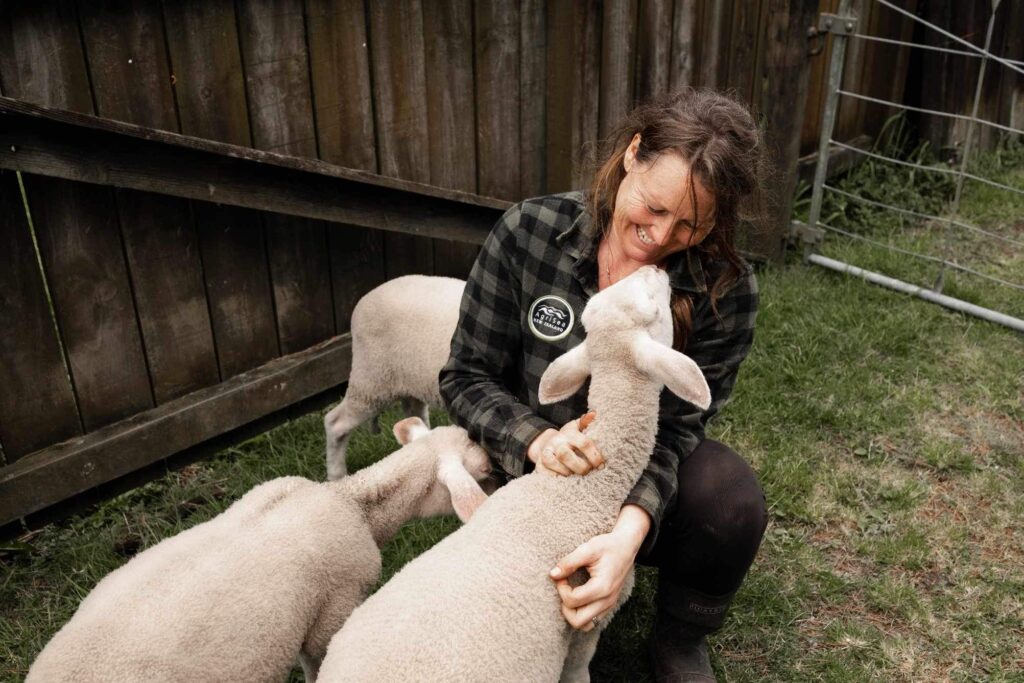
But there was one animal in particular that had become an important part of the Waihī College community.
Keira the black labrador was “the lab in the lab” who had been going to school every day for several years, Miss Clare said.
Kids would go into her class and sit on the bean bag with Keira or take her for a walk to help regulate, Miss Clare said, and other teachers would do the same thing for that regulating effect of pet therapy.
“She’s perfect for that. She’s just so calm. It’s great to be able to have that resource in the school.”
Keira has been attending Waihī College for a few years now, taking part in school photos, and being a regular mascot at house events like swimming and athletics, Miss Clare said, where Keira also dresses up in green to represent her house, Dominion.
Miss Clare said she’s heard students’ conversations, saying things like:“I want to move to Dominion house – they have a dog”.
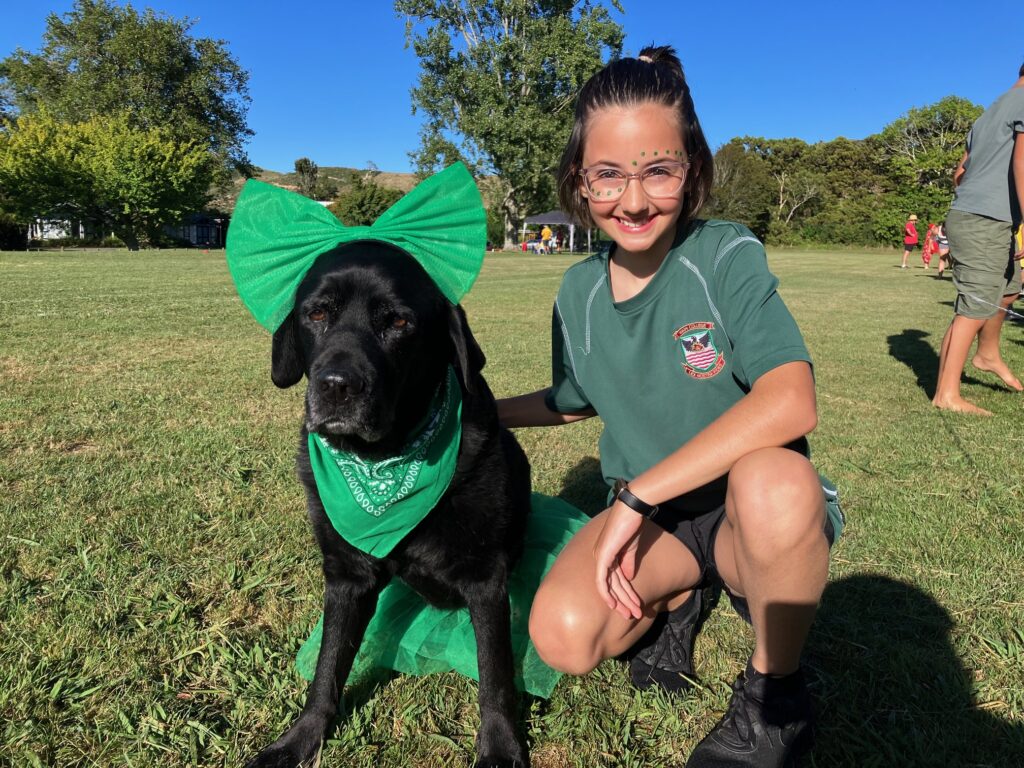
But it was Miss Clare’s upbringing, animal science studies at Massey University and most of all – her love for animals that propelled her to share these opportunities with others.
And she’s not a lone ranger in her nurturing qualities – Miss Clare said her gran also looked after orphaned lambs, even into her 80s.
Miss Clare’s joy came from being able to care for animals and share these sorts of experiences with others, she said.
“[Waihī College] has been very supportive of animals in school.
“If I get an opportunity to share these experiences with students, I will.”

